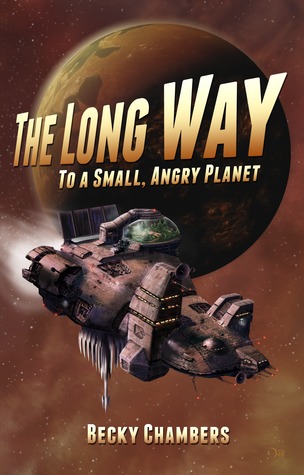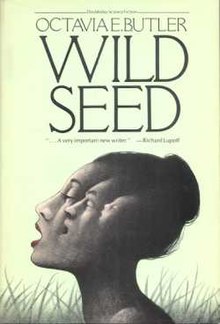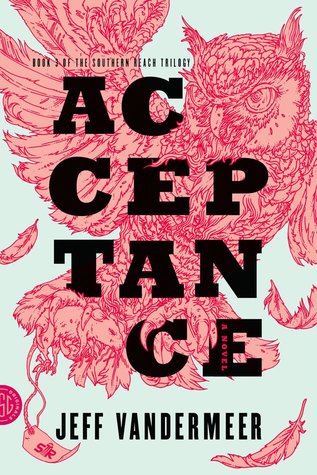
"NOS4A2", Joe Hill, 2013
The book starts off with the childhood of Victoria McQueen, who can manifest a magical but startlingly detailed, corporeal bridge to any lost object she’s seeking. Hill describes her as a “strong creative,” someone whose inner world is powerful enough to affect the physical world, and he takes his time in revealing what this means, how it affects her life, and the painful price her power exacts on her. But eventually, the bridge leads her into contact with Charlie Manx, another strong creative with his own powers and a horrifying agenda. Their initial encounter sparks an enmity that extends into Vic’s adulthood, when she’s built a shaky life for herself in spite of the damage done by the profound traumas of her youth. As information revealed in her childhood suggests, she may be the only person capable of stopping Manx.
Manx is a profoundly Stephen King villain—not the simple, implacable evil of Heart-Shaped Box or the secretive mystery of Horns, but a thoroughly playful evil with an elaborate philosophy, a fondness for chattering about it, and a gleeful, almost childish personality. He comes across as a blend of It’s Pennywise and Needful Things’ Leland Gaunt, with some Randall Flagg thrown in. (The book’s title comes from the vanity plate on his powerful, malicious car, which recalls the title character of King’s Christine; in a typical bit of whimsy, Manx acquired the plate to echo the words of someone who pointed out that he’s akin to a vampire.) Vic is a King-esque protagonist, characterized in a flurry of tiny, closely realized details and a strong personality, and disintegrating from her own internal stresses even as she’s fighting her external battles. And the other point-of-view characters, including Vic’s overweight, good-hearted, nerdy husband and her valiant young son, echo familiar King types as well.
But none of the familiarity in any way gets in the way of NOS4A2’s profoundly satisfying narrative. At his best, King has always been about grounding fantasy and horror in a level of detail that makes it feel real. Hill accomplishes the same thing here. He dives deep into his characters and his startling imaginary world, then explores them at length. NOS4A2 is less stylish than his past novels, and more playful. It’s funnier than his previous books without letting up on the tension. The humor, particularly found in Manx and his crazed, deluded servant Bing (the Trashcan Man parallel, though there’s a good deal of Renfield in him as well), is wry and poisonous, without being casual or contrary; it ramps up the stakes when the antagonists are not just unjustly powerful and savage, but also never stop grinning mirthfully. The book’s only significant misstep is in falling back too often on mundane, toxic misogyny to instantly demonize bad guys. Compared to their unsettling humor, their sexism just seems petty and crude.
The most gratifying part of NOS4A2 is its scale: It’s a big, meaty, 700-page steak of a book that tells many distinct stories while weaving them all into a fabulous larger picture. Hill captures Vic’s internal voice at different stages of her life, making her into a series of memorable characters without losing the throughline that connects them. And for all Manx’s tonal familiarity, he’s a distinctive, mesmerizing villain. The book is imaginative to the point of mania, particularly in the outsized climactic confrontation. But it’s also warmly human in a way that again recalls King at his best. Where Heart-Shaped Box was about scares and Horns was about big, strange ideas, NOS4A2 at its heart is about people. It isn’t a King copycat or pastiche so much as an acknowledgement of all the things King does best, incorporated into an entirely new story. It’s a song played with familiar instruments, but following its own tune.
I savored and hung on every word to the very end.
My rating: ★★★★★ (5 out of 5 stars) - I loved it!











![Parasite (Parasitology Book 1) by [Grant, Mira]](https://images-na.ssl-images-amazon.com/images/I/51TpUHLBb1L._SY346_.jpg)



